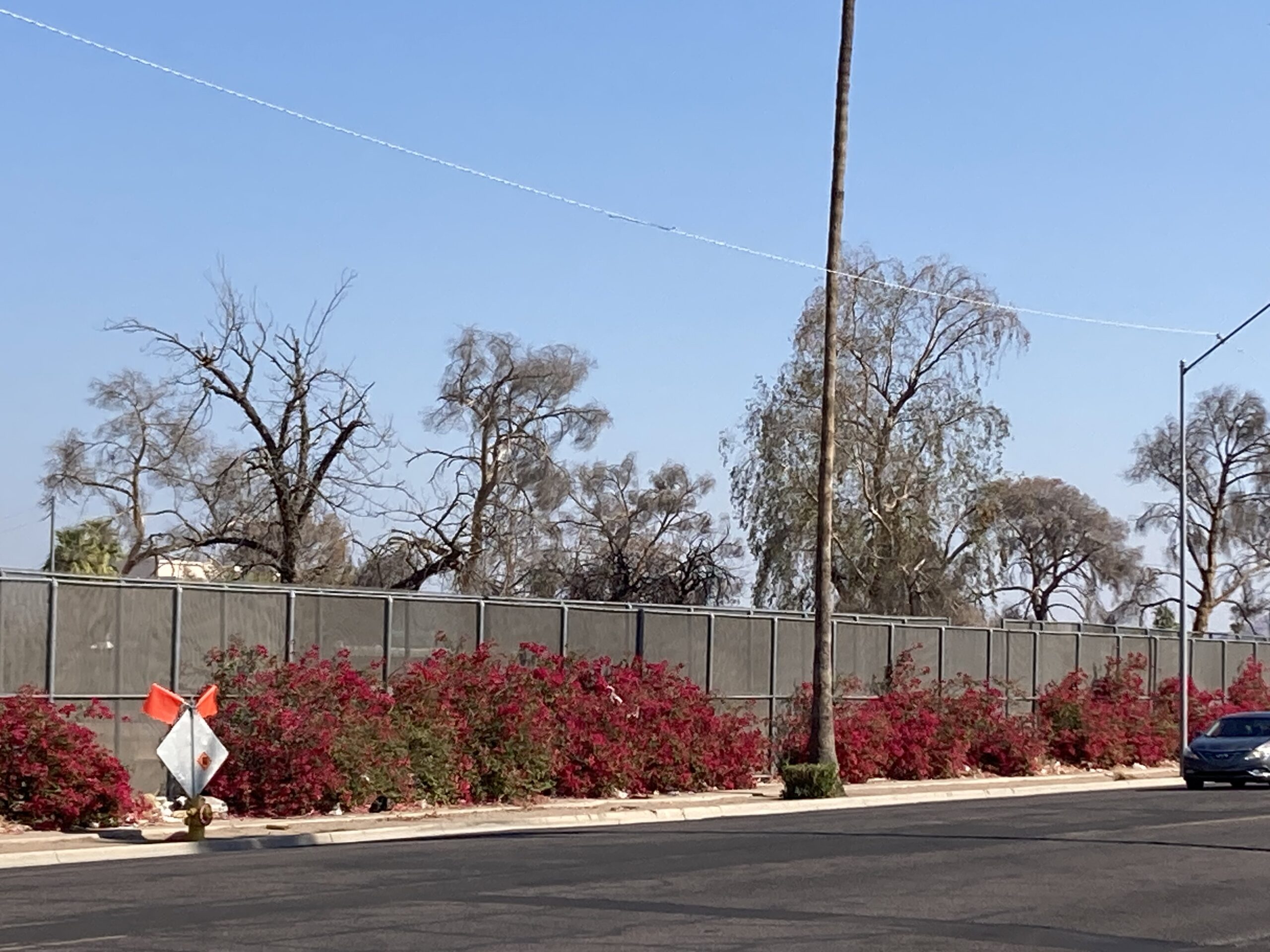The U.S. Department of Education & HHS have a program in which school districts can get rapid antigen COVID-19 self-tests free of charge for their students. Interested school districts should choose a Primary Contact who will oversee determining the number of self-test kits to order, how frequently, and where the self-test kits should be delivered.
Primary Contacts should populate the fields below using information from the Department’s National Center for Educational Statistics (NCES) website – https://nces.ed.gov/ccd/





